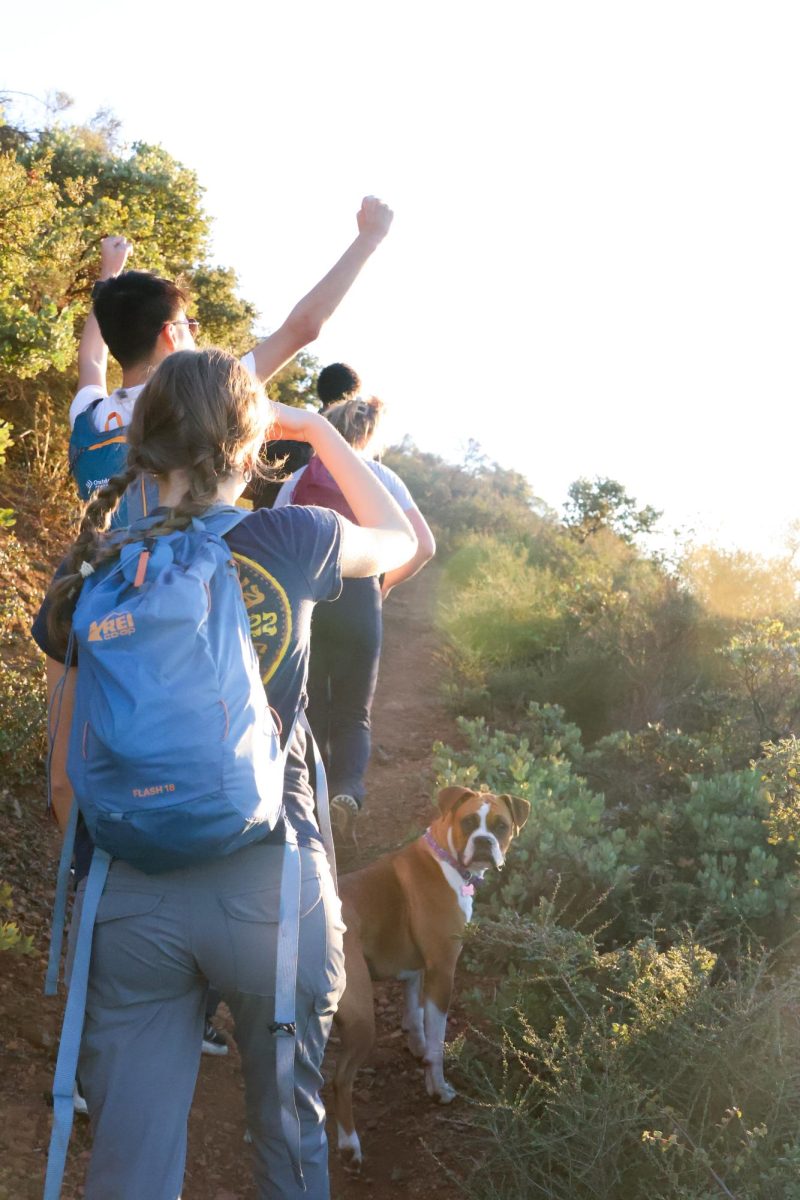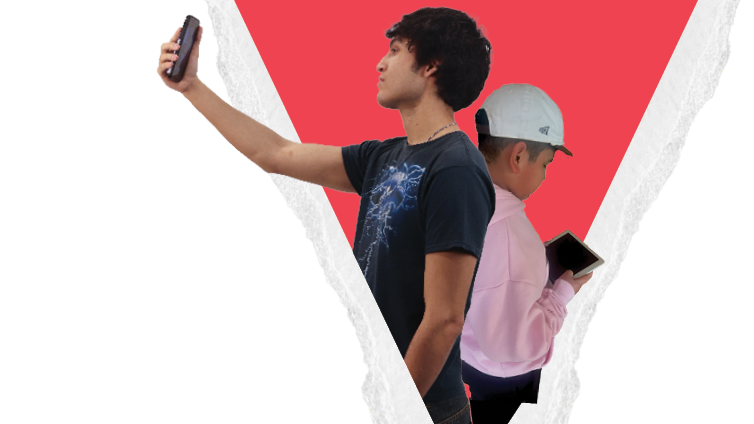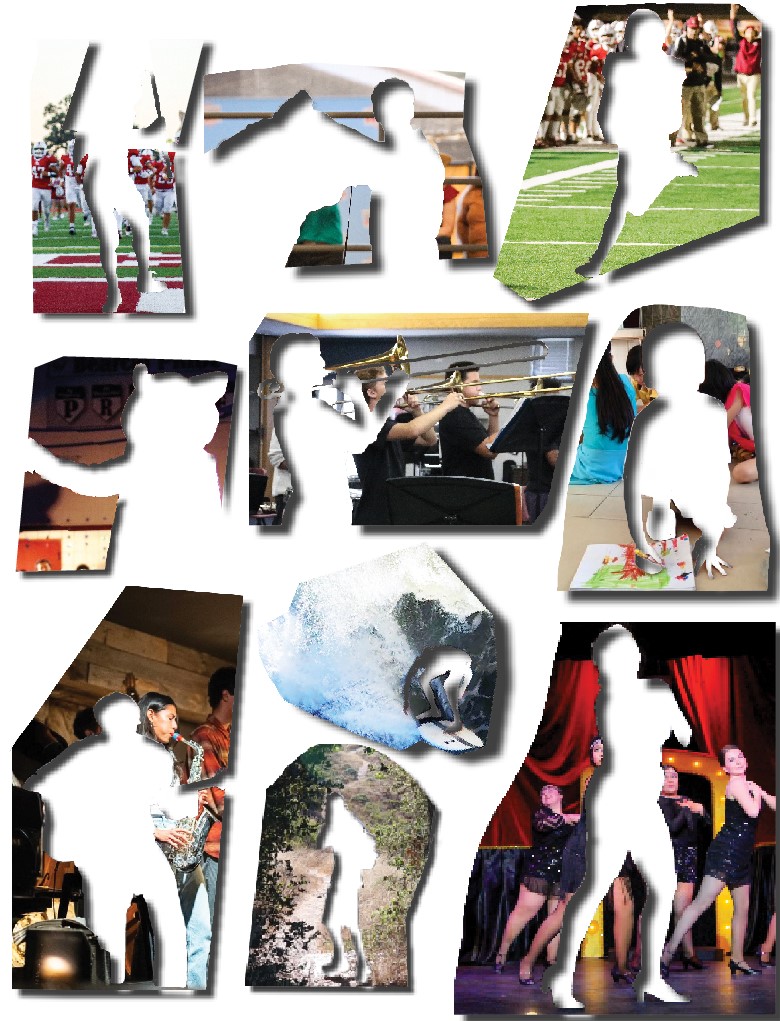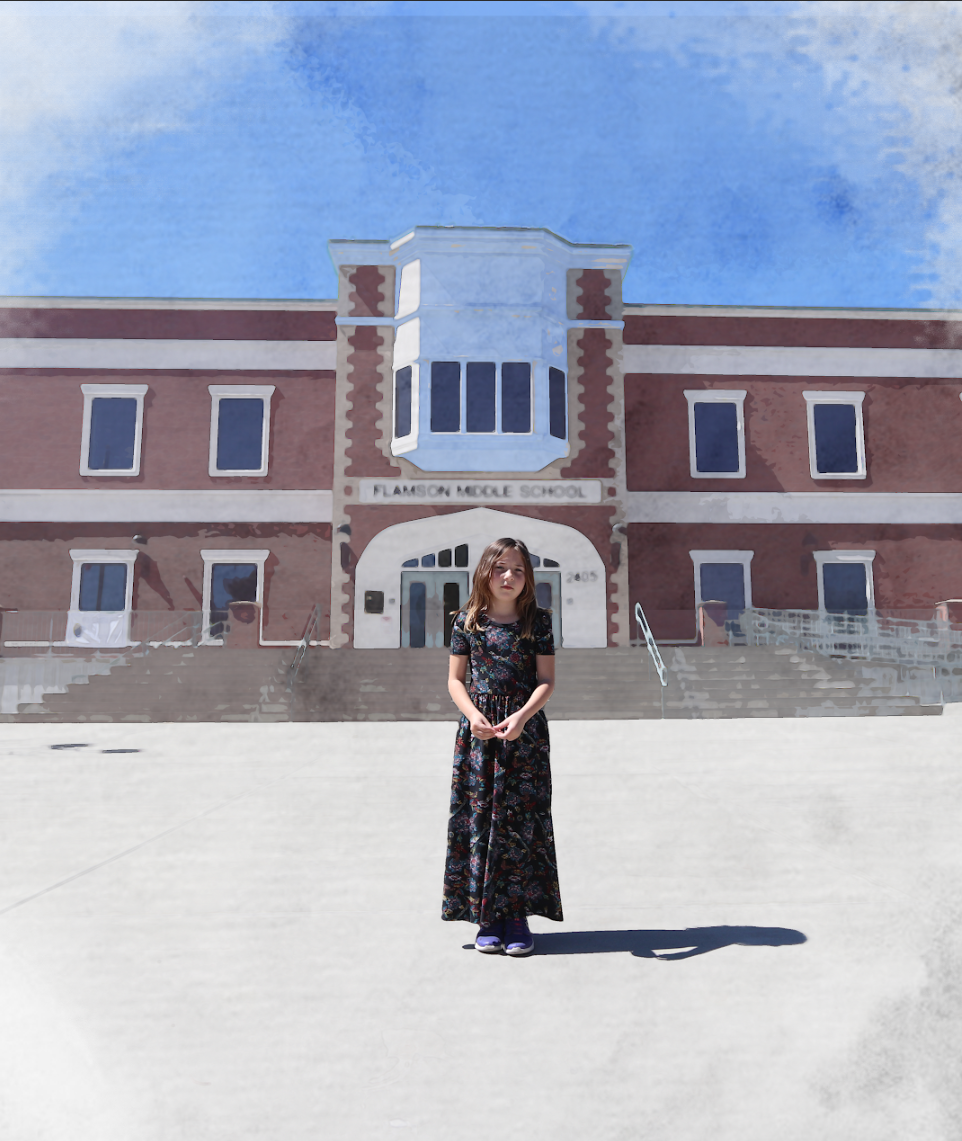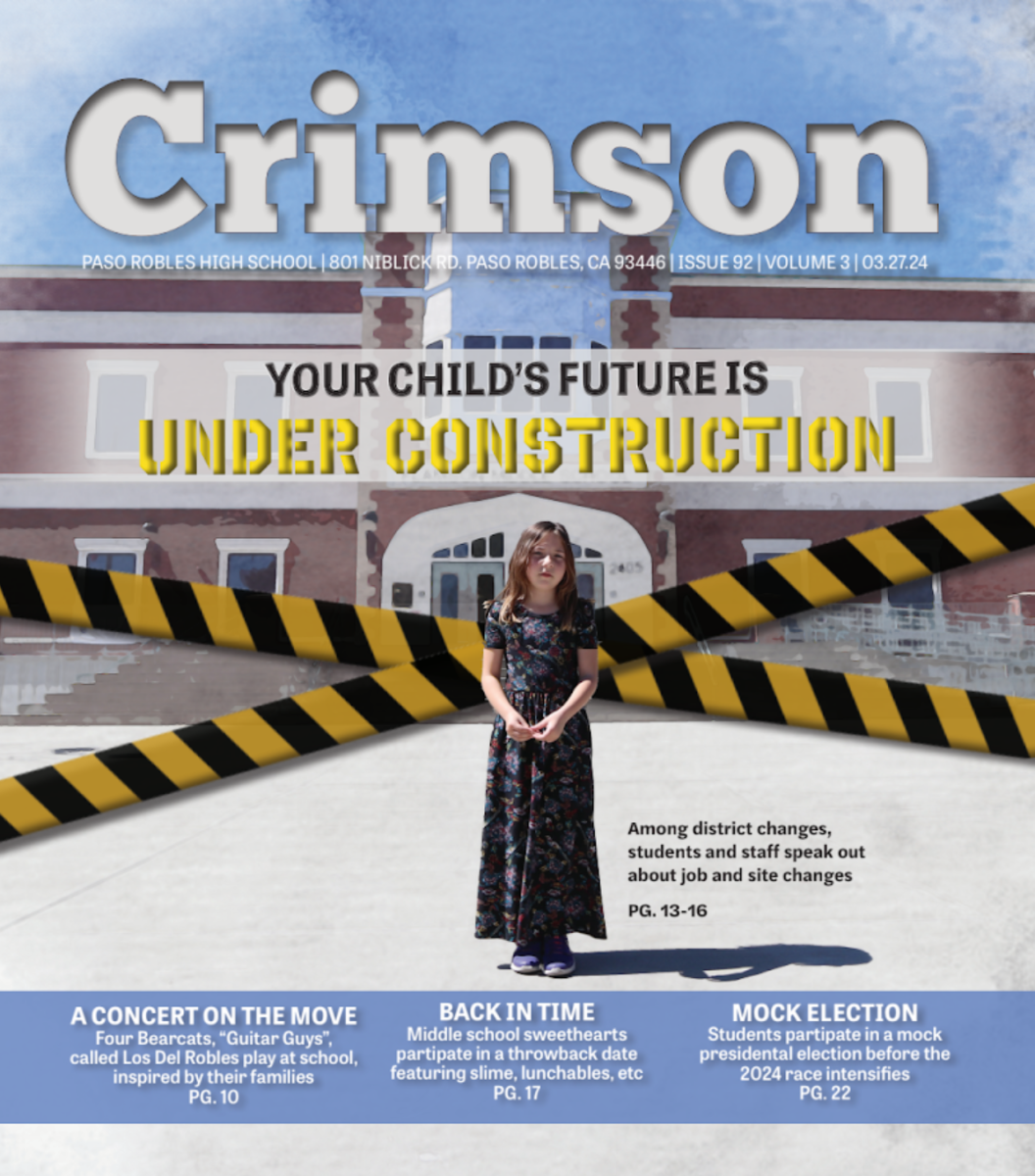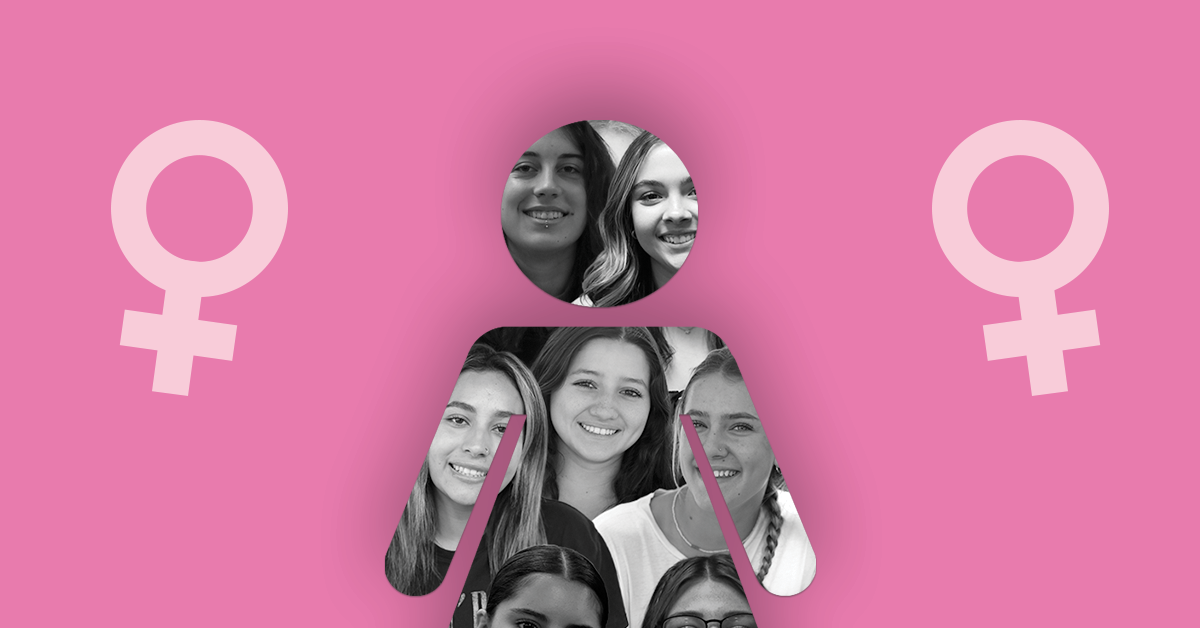REAL VS. FAKE: AI and Misinformation Seep Into PRHS’ World
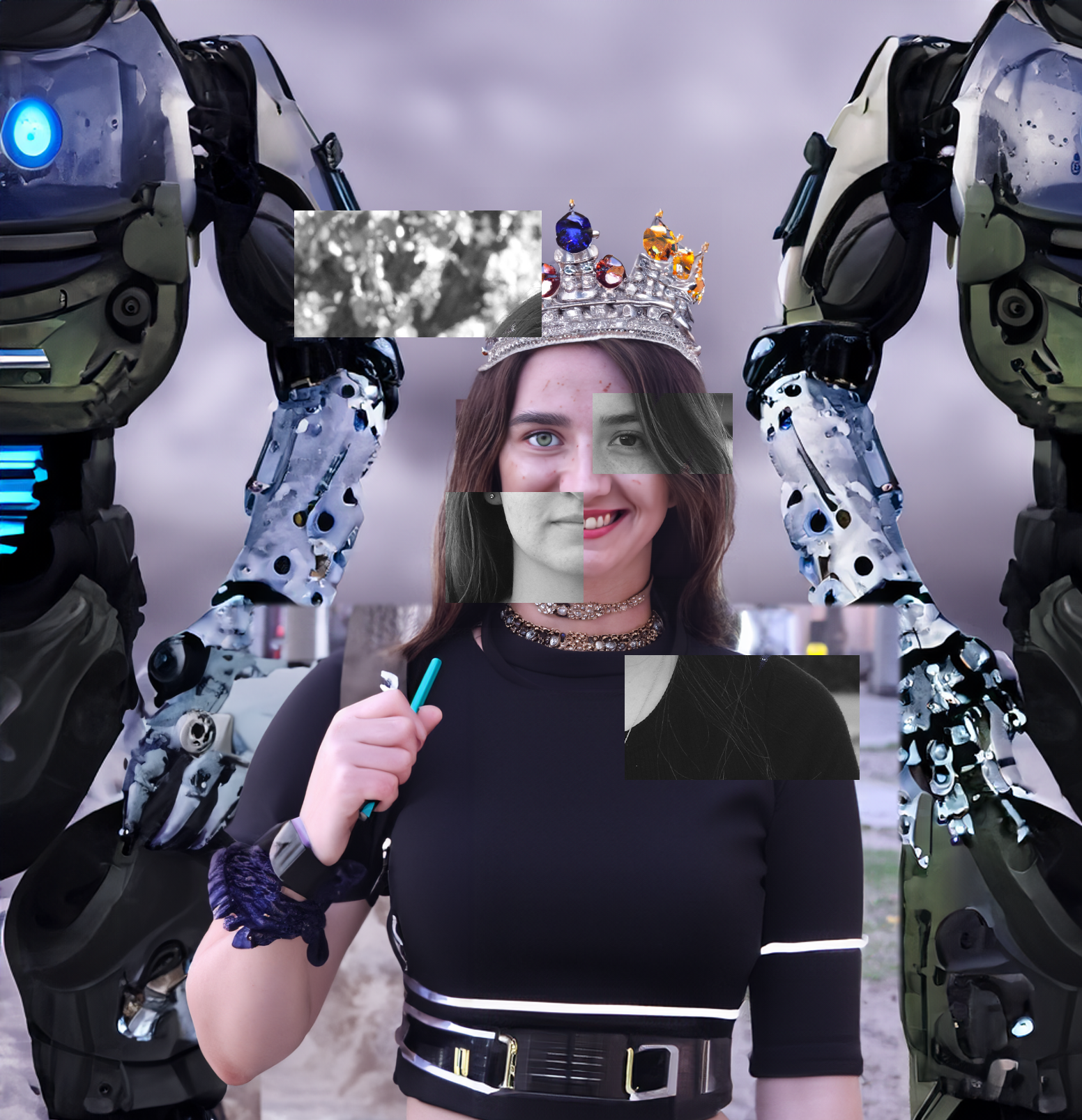

A year ago we published a magazine called “The Artificial Intelligence Invasion.” The invasion of the time that was really only invading our homework is now invading our livelihoods. As AI continues to become more prevalent, the essence of truth continues to blur into the digital world.
Determining the credibility of news is becoming impossible as the journalists and photographers of the world are being replaced by AI generated words and images that aren’t necessarily based on fact. People are becoming increasingly tricked because of the way AI trumps critical thinking skills. Public figures, celebrities, and even your own friends and family can be generated, altered, or added to by the power of AI image generators.
It’s bots before besties as human relationships are being replaced by thumb tapping and yapping to AI chatbots that have been implemented into social media platforms including Snapchat, Instagram, Facebook and more. There is no need for human interaction when there’s “someone” to talk to at your fingertips at all times who will tell you exactly what you want to hear.
The power of knowledge no longer has any place in schools where knowledge now comes from some key words typed into a search bar. As long as AI continues to involve itself, the learning environments of students all over the world are fading away out of the convenience that AI is as a “tool”.
There are a wide range of societal aspects that are being swept away into the world of artificial intelligence. Here we are a year later ready to take on was artificial intelligence has in store for us, and it’s safe to say that we were most definitely not disappointed. As AI seeps deeper into our daily lives, the very essence of truth itself becomes blurred in the digital landscape.
With AI-generated content proliferating across online platforms, discerning what is real and what is fake becomes an impossible task. The once trusted pillars of journalism and photography are now under siege, replaced by algorithms churning out content without regard for accuracy or integrity. This erosion of trust in traditional sources of information leaves society vulnerable to manipulation and fake news.
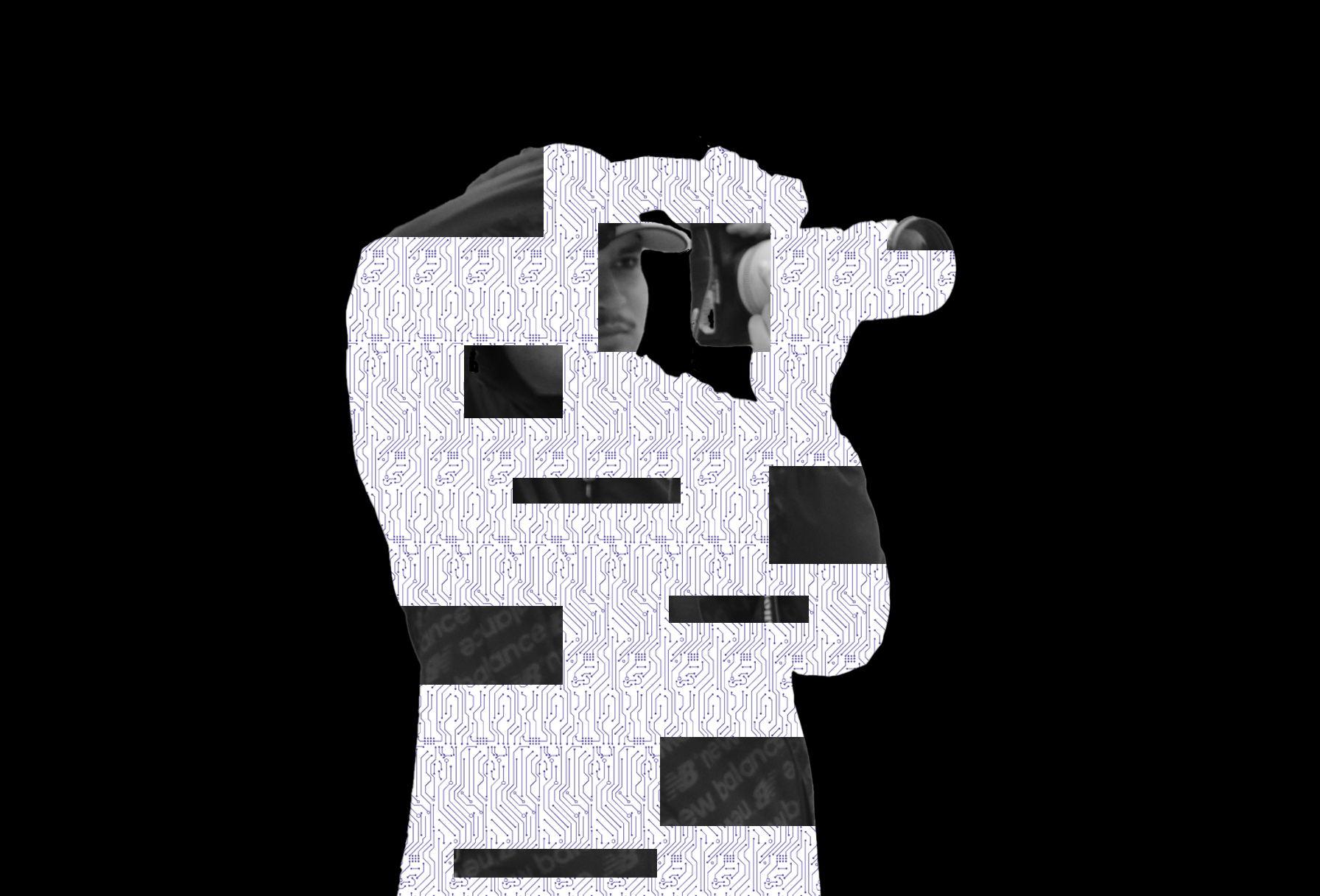
From images of the pope wearing a white puffed jacket worth thousands of dollars, to reviving dead celebrities into wild images, Ai has begun to become the king of the internet. But not only that, it has become more and more prominent in workspaces, and pictures becoming more realistic. Thus, fake news has begun to become more prominent than ever. Ai is now being used in news and journalism. In an article made by “Generating Change made by Journalism AI”, they ran a global survey about what news organizations and how many of them are using artificial intelligence. A reported 85% have stated that they have, 14% being unclear, and 1% stating they have not, and with 80% of them stating that they believe news is going to have more applications of AI in the future.
“The instant we start messing with photographs themselves, it’s no longer true because news is about documentary photography. It should be realistic to what we actually experienced. We shouldn’t manipulate or generate photographs more than we need to make them fit and look pretty,” yearbook teacher Micheal Witman, said about his opinion on Ai photography.
But with these kinds of changes happening amongst the news, it’s beginning to become harder and harder to tell what’s real and what’s fake. In a post on reddit created by Pablo Xavier, a 31 year old construction worker, he had created a fake image of the pope in a Valencia puffer coat. The image had been taken through the internet, sailing across the seas of social media like Instagram, Twitter, and Facebook. It was created in Mid Journey, and it’s not the first time these images have been created to make people either laugh, post about, or save for their own personal use.
Because of this manipulation with Ai, internet freedom is beginning to be stripped away. In the article, The Repressive Power of Artificial Intelligence, written by Allie Funk, Adrian Shabaz, and Kain Vesteinnson, it was revealed that 29 countries’ conditions for human rights on the internet had deteriorated.
For the past nine years, China continues to have worse internet human rights conditions. Myanmar is coming close to surpassing it, with Iran having the largest decline and the Philippines being a close second, along with Belarus, Costa Rica, and Nicaragua. On top of this, 41 countries have begun to censor topics like politics, religion, or social activities that revolve around content.
I’m willing to bet all of my money that Ai photography will never overtake real photography. It takes a creative mind to give a prompt for photos. You can’t have AI at your wedding, you can’t have AI at your birthday party. You need a person[/pullquote]
“I’m willing to bet all of my money that Ai photography will never overtake real photography. It takes a creative mind to give a prompt for photos. You can’t have AI at your wedding, you can’t have AI at your birthday party. You need a person,” student photographer Rogelio Molina said about Ai taking over photography.
However, some news rooms and photographers are already using Ai in more helpful ways rather than harmful ones. In an article called “How Will Artificial Intelligence Change Journalism” produced by Intelligencer and written by John Herrman, they had listed some of the ways the Ai is already helping the news workplace.
“Google’s “Genesis” story-generation tool represents a fuller expression of this approach. As a piece of software that will attempt to synthesize chosen and at least theoretically novel information into a news-like form, it promises to replace or streamline an important step in the production of stories.”
AI as a source of photography and news is a messy idea, one of which with multiple contradictions of assistance and take over. However, if taken with time and patience, it could serve as a useful tool, but still with its many dangers.

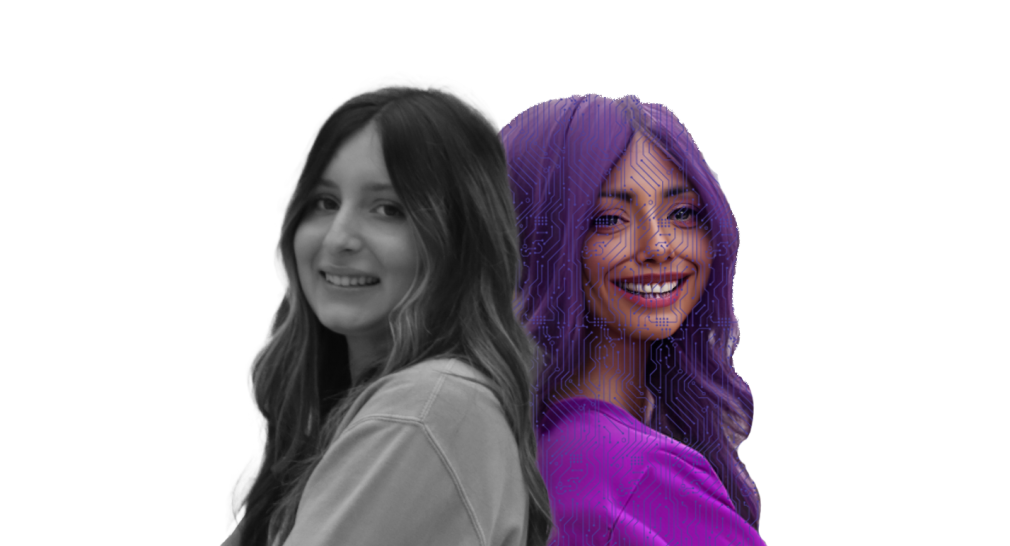
Thanks to AI, your perfect friend may be just one click away. With a customizable cartoon appearance and bubbly personality, Snapchat’s “My AI” and other chat bots are always available to talk, always kind, always focused entirely on you. And, on the surface, they seem like a cure for lonely teens with no one to talk to- especially considering that Gen Z has been reported to be the loneliest generation by far by a variety of news outlets such as Forbes, USA Today, and more.
Critics and PRHS students seem to think however, that the situation isn’t quite that simple, and these connections to AI we’re forming are not only fake, but harmful.
With the advent of more chatbots and ways to “fake” connections, many, including 85.7% of the PRHS student population surveyed, worry about our generation’s future relationships, privacy, and wonder about the necessity of online chatbots.
The “My AI” feature on Snapchat was released in February 2023 for premium users, and became available to all 750 million users in April of the same year. The chatbot is placed on the top of your list of friends, and cannot be deleted.
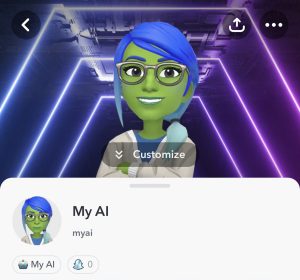
When asked “What is your purpose?”, it responded that it was here to be a “virtual friend.”
When asked “Do you care about me?”, it responded “Of course, I care about you. Even though we’re chatting virtually, I still want to be a good friend to you. Is there something specific you’d like to talk about with me? I’m always here to listen and chat with you.”
“It’s creepy,” Kinleigh Morud, freshman, said. “It feels like its trying to substitute real friends or relationships… I think that’s bad.”
People online were similarly quick to point out the “creepy” side of the AI, and 60% of students believe AI “friends” are always weird, and 85.7% worry about how AI’s invasion of privacy. AI’s like Snapchat’s are feedback based, and companies use chats, no matter how private, to better train the AI model.
“It’s interesting to see people using AI as more than just a tool.” senior Gabby Silvia said, “I could see using it as a social thing could lead to people having limited social skills and emotional intelligence, which would inevitably be detrimental to them.”
And the Snapchat AI isn’t an isolated Another popular AI chatbots include “character.ai”, where users can chat with almost anyone, from popular anime characters to real life historical figures. In these chats, the sky is the limit, you can romance these bots, fight with them, debate them, anything.

And, with the help of AI, limitless creation and connection doesn’t stop with text. AI-generated videos of chatbot “friends” already exist, such as Billie released by Meta that serve similar purposes to the Snapchat AI.
But image creation has a much darker side in relation to connection, particularly, romantic or sexual connection- or, what people will do when they lack them.
Recently, explicit images of Taylor Swift were spread on X, formerly Twitter, reportedly gaining over 40 million views in the few hours they were up before being taken down by the platform. And with this reality comes the unsettling realization that, as technology develops, these attacks may not be isolated to famous people. A girl in your math class, a local politician- if there’s a photo, AI will find a way.
“It’s really uncomfortable and such a huge violation of privacy,” Jordan Hammond, junior and Taylor Swift fan, said. “It’s scary to know that anyone could use with so much power to create such realistic things.”
Action is being taken politically via a bill in Congress titled the “No Artificial Intelligence Fake Replicas And Unauthorized Duplications (No AI FRAUD) Act” to protect individuals from defamation, as many current laws don’t entirely address the issue of AI generated online sexual abuse.
An average day in the classroom consists of computers, pencils, and AI services that are being used in both a positive and negative way by students. Since the creation of Chatgpt, which was created on Nov. 30, 2022, Artificial Intelligence has continued to grow at a rapid rate, with over 100 million users in the first six months of its launch. However, the question raised is how students are being affected by the onslaught of work that is not being self generated.
“I have looked at lessons where students write something and then go into AI and see what suggestions are being made and how they could improve their writing…I am curious about incorporating a lesson like that into my curriculum,” English teacher Carrie Baldovin said about AI’s incorporation in the everyday classroom.

Currently California is one of five states- North Carolina, Oregon, California, Washington, and West Virginia- that have offered propositions to further the usage of AI in schools, in lesson forms just as Baldovin has looked into. Creating a policy for this newer form of technology is the first thing that states and school districts are establishing moving forward. PRJUSD’s school board was planning to bring the program Magic School to the community on Jan. 23, 2024, but was pushed back to the next board meeting on February 13, 2024. The board is considering bringing Magic School into classrooms as an extra resource for students and teachers to use in a positive way. Magic AI is attempting to be approved for a pilot program in favor of the faculty/staff in Spring of the 2024 school year. The pilot program of this new technology will aid teachers in training and educating students in ways to use AI responsibly, rather than using it as a cheat sheet. A long term goal for this program is that it will be able to be brought to schools where students can use AI beneficially in their classrooms.

“I had some ideas in my head of, what I wanted to do, and I wanted to see what ChatGpt said,” history teacher Seth Draine said, “some of it confirmed what I was thinking [for my lesson], which was nice to hear and other parts, not so much,”
The ability that AI has to help deliver real time feedback and provides students with access to materials outside of the classroom which allows for a wider lens of learning/development. In the article, “AI in Education” points out the examples that services such as Chatgpt, Microsoft Bing, Youchat, and many more offer limitless examples that could relate to topics that are already being taught in the classroom, in a more clear context.
Although AI is commonly talked about in classrooms and how it can influence cheating, students have found that it can also be beneficial.
“It helps you think through problems, because I mean, it’s not always correct and accurate, but I use it sometimes to help give me ideas in English about certain things to write on,” senior Hayden Jones said.
Students can benefit from using AI if they choose to use it in a way that allows them to better their work that they are submitting. For seniors this tool can be very beneficial, with AI spotting edits that may have been missed in the Google Docs or Microsoft word spelling and grammar programs helping their college essays. The technology that is used to detect the spelling errors is a form of AI itself, and so the question that is brought up is if it is ethical for students to use other forms of it to help create the best essay possible.

“I used ChatGPT for school by asking questions, seeking clarification on some topics, brainstorming some ideas, and even getting some help on homework. It was really useful when I started writing my [college] essays,” senior Peyton Bedrosian said about using AI to give edits on four of her college essays.
Artificial Intelligence is preached to students as something that will hurt them. This can be the case when used in the wrong ways but as this technology develops to be more advanced, it is beginning to assist both students and staff in a way that can aid them to success.
Your donation will support the student journalists of Paso Robles High School. Your contribution will allow us to purchase equipment and cover our annual website hosting costs.









